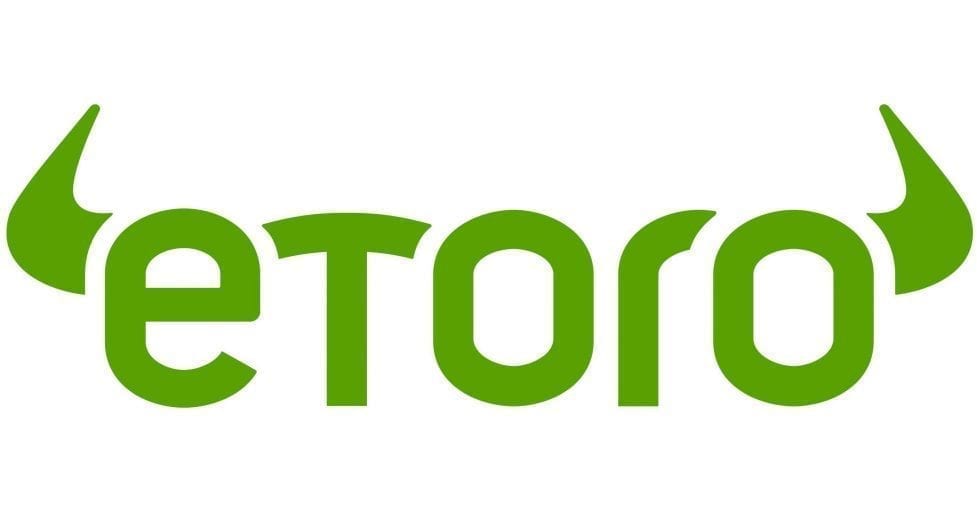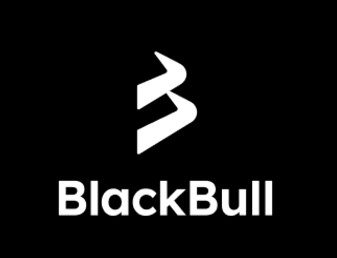Rio Tinto shares (ASX: RIO) started the week with a retracement below $120, closing the day down 1.31% at $119.46 as the ASX200 also ended an eight day rally with a 0.58% decline.
Performance has been mixed for RIO over the past year, with a significant amount of the action taking place between $110 and $120. The levels are acting as levels of support, and resistance for the shares in the near term, with a fundamental shift potentially required in order to significantly shift momentum. Whilst the stock has broken out of range on a few occasions, moves to either side have not been supported enough for continuation of a trend, with a move back in range following soon after, as we can see in the 1 year chart. The share price remains negative on a 12 month basis, down 12%, yet has been holding up better this year, with a YTD gain of 1.06%.
Technical indicators paint a mixed picture. The 50-day and 200-day simple moving averages (116.09 AUD and 113.79 AUD, respectively) suggest a continuation of long-term upward momentum. However, the exponential moving averages point to near-term resistance at current levels, and an RSI of 62.8 indicates bullish sentiment, though the stock is not yet overbought.
Yet, Rio’s appeal to income investors remains strong. The company boasts a trailing dividend yield of 3.15% with a payout ratio of 56%. Recent payouts of 3.52 AUD per share in March and 2.71 AUD in August 2024 underscore management’s commitment to shareholder returns, even as debt-to-equity edges up to 22.1% amid increased capital expenditure.
Recent Developments
Top Australian Brokers
- City Index - Aussie shares from $5 - Read our review
- Pepperstone - Trading education - Read our review
- IC Markets - Experienced and highly regulated - Read our review
- eToro - Social and copy trading platform - Read our review
The firm’s Pilbara iron ore division faced significant headwinds in Q1 2025, with shipments declining 9% year-on-year to 70.7 million tonnes due to four consecutive cyclones. The storms caused $150 million in damages and reduced output by 13 million tonnes, prompting the company to temper its 2025 shipment guidance to the lower end of projections. Mitigation efforts, including port repairs and accelerated mining, aim to recover ~6.5 million tonnes, but residual risks remain if further weather events occur. Analysts note that while iron ore remains Rio’s earnings backbone (70% of FY24 EBITDA), the market has priced in near-term volatility, with attention shifting to long-term growth drivers like copper and lithium.
The company expanded it’s lithium position when completing its $6.7 billion acquisition of Arcadium Lithium in March 2025, creating Rio Tinto Lithium. The deal positions Rio as the third-largest lithium producer globally, with plans to boost annual lithium carbonate equivalent (LCE) capacity to 200,000 tonnes by 2028. The Rincon project in Argentina achieved first production in Q1 2025, while the Serbian Jadar project faces permitting delays. The acquisition aligns with Rio’s pivot toward “future-facing” commodities, though funding via a bridge loan ($5.85/share cash payout to Arcadium shareholders) has raised leverage concerns.
Copper output rose 16% YoY in Q1 2025, driven by record production at the Oyu Tolgoi underground mine in Mongolia. The project, which holds 1.66% copper-equivalent grades (vs. global avg. 0.6%), is central to Rio’s goal of producing 1 million tonnes annually by 2030. JP Morgan forecasts 25–30% EBITDA growth in 2025, citing copper’s tightening supply-demand dynamics.
The $2 billion Western Range JV with China Baowu delivered first ore in March 2025, aiming for 25 million tonnes annually. The project, part of Rio’s 345–360Mtpa Pilbara capacity target, mitigates depletion at older mines like Yandicoogina. However, full ramp-up depends on resolving heritage clearances and infrastructure approvals.
Rio’s $6.2 billion Simandou investment in Guinea, set to produce 120 million tonnes annually from late 2025, remains on track. As the world’s largest untapped high-grade iron ore deposit (66% Fe), Simandou could reshape global supply chains, though geopolitical risks persist.
Analysts Outlook Largely Bullish
Looking to the analyst community, and the average price target for ASX: RIO of $127.39 indicates perceived upside from current price action, with the low target of $114.86. Whilst Goldman Sachs remains bullish, seeing significant upside to $140.80, driven by copper/aluminum exposure and attractive yields, Citi cut price targets for uranium-linked peers, highlighting sector-specific risks. Citi has set a price target of $134, and keeps a “Hold” rating on the shares.
Rio Tinto’s 2025 outlook is defined by its ability to execute on both legacy iron ore operations and new energy transition initiatives. While recent operational setbacks and governance debates have injected volatility, the company’s diversified asset base and disciplined capital allocation offer a buffer against cyclical headwinds.
Don’t Buy Just Yet
You will want to see this before you make any decisions.
Before you decide which shares to add to your portfolio you might want to take a look at this special report we recently published.
Our experts picked out The 5 best ASX shares to buy in 2025.
We’re giving away this valuable research for FREE.
Click below to secure your copy





